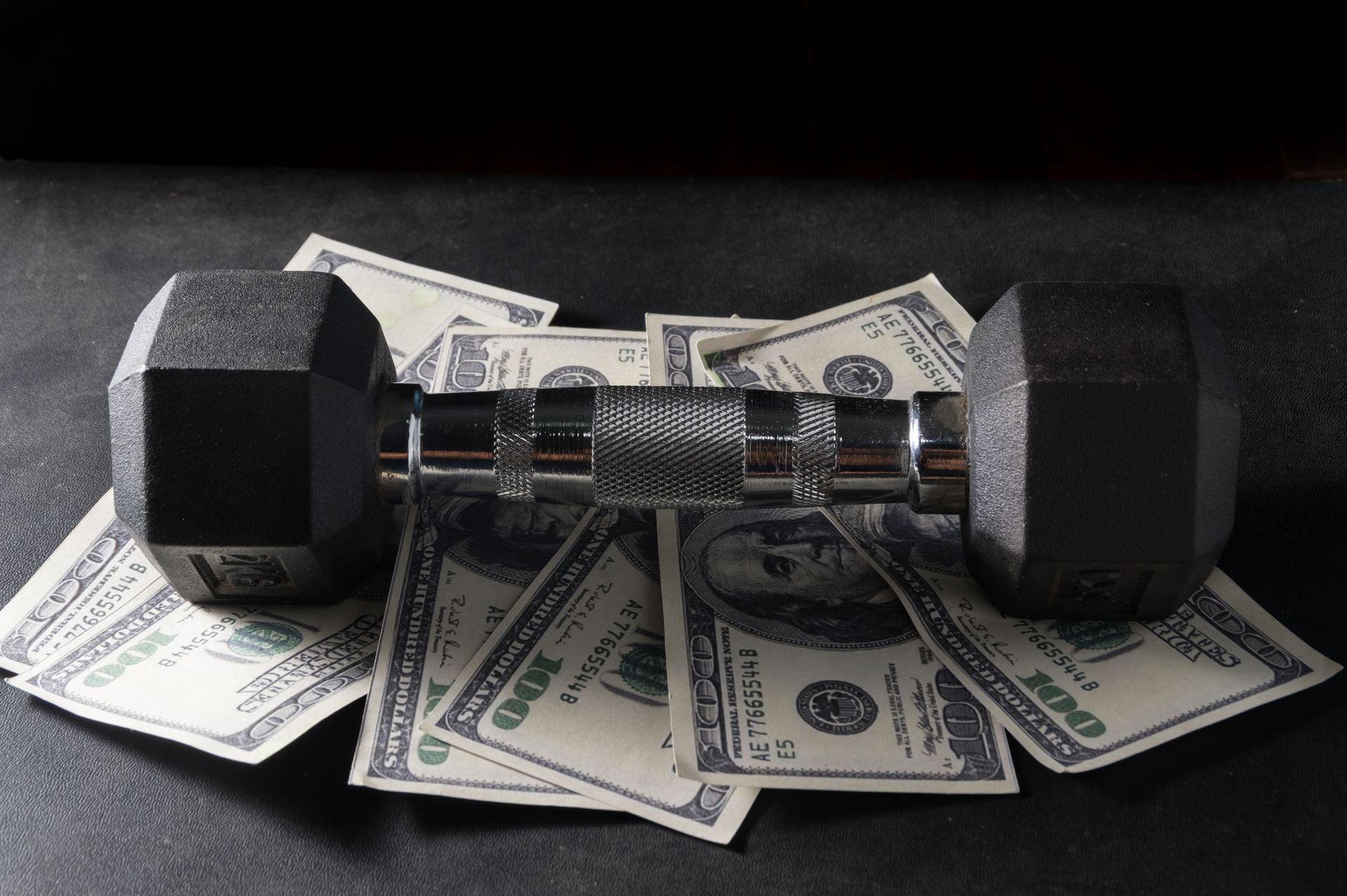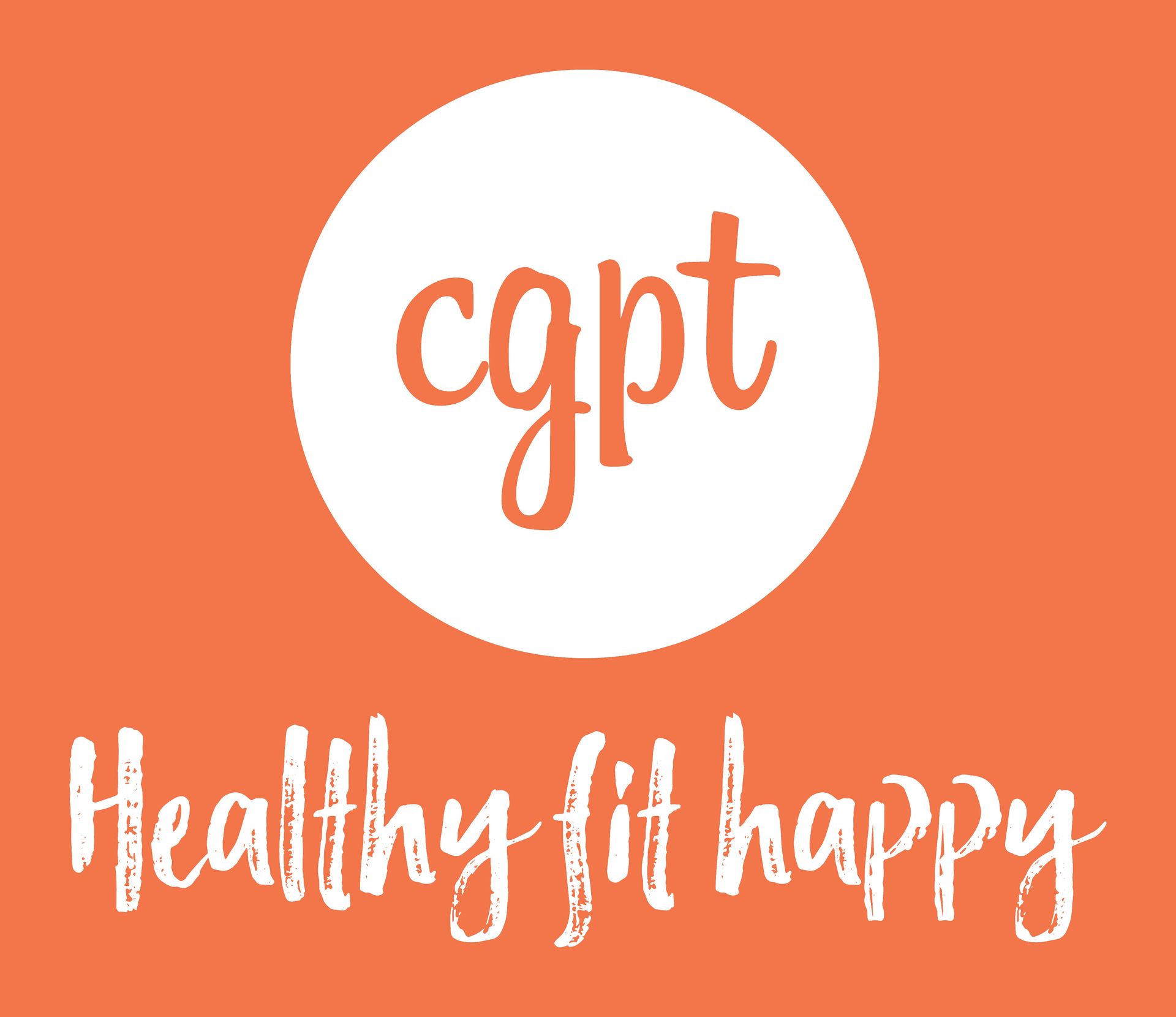Why Your Chiropractor, Physio and PT Should All Be on the Same Page
Why Your Chiropractor, Physio and PT Should All Be on the Same Page
When you’re recovering from injury or managing chronic pain, navigating between your chiropractor, physiotherapist, and personal trainer can feel like juggling three different opinions - and sometimes, it is. But at CGPT in Hawthorn, we believe there’s a better way: collaboration.
Your body is one integrated system. So why treat it in isolated silos?
Whether you’re working through back pain, post-surgical rehab, or a long-standing injury that’s been holding you back for years, your recovery and progress improve dramatically when your allied health providers and training team communicate and align on your goals.
Here’s why this holistic, team-based approach matters, and how we make it happen at CGPT.
Injury Rehab Is Not a One-Person Job
If you've ever felt like you’re bouncing between treatment rooms, receiving different advice from each professional, you’re not alone. It’s incredibly common, and incredibly frustrating.
The problem isn’t your physio, your chiro, or your trainer individually. It’s the lack of integrated care.
According to the Australian Journal of General Practice, patient outcomes significantly improve when allied health professionals and exercise providers share care plans and maintain consistent communication around injury rehab and functional recovery[^1].
That’s why at CGPT, we work in tandem with your physiotherapist, chiropractor, or osteopath from day one. Your recovery plan doesn’t live in isolation - it’s woven directly into your strength training.
Why Collaboration Speeds Up Recovery
Let’s break down why having your physio and trainer on the same page helps:
1. You Avoid Conflicting Advice
There’s nothing worse than hearing “don’t do squats” from your chiro, while your PT encourages them. At CGPT, we can liaise directly with your health provider to understand your specific diagnosis, contraindications, and treatment goals.
This means we’re not guessing - we’re building your training program with accurate, up-to-date clinical input.
2. You Keep Moving (Safely)
Too often, people drop out of exercise entirely after an injury. But movement is medicine when done properly.
A review in the British Journal of Sports Medicine found that early, guided return-to-strength training accelerates healing, reduces re-injury rates, and supports long-term recovery[^2].
We’ll adjust your plan based on what your physio is treating - whether that means reducing range of motion, modifying tempo, or focusing on adjacent muscle groups so you can keep progressing even while you recover.
3. You Build Strength Where It Matters
Your physio might help reduce pain and improve joint mobility, but long-term resilience is built in the gym. That’s where we come in.
At CGPT, we don’t just get you back to baseline, we build you beyond it. Our post-rehab strength programs are designed to rebuild not only the injured area but also the surrounding systems that support it.
How CGPT Integrates With Your Allied Health Team
Here’s how we make this seamless:
• Direct Communication
With your permission, we reach out to your physio or chiro to get a clear handover - what’s healing, what’s not allowed, and what they recommend.
• Shared Programming
Your trainer will design your program around the guidelines set by your allied health provider. This may include rehab-style movements, tempo-controlled exercises, or load management strategies.
• Onsite Support
In some cases, we invite your physio to visit the gym for an in-person assessment. This allows them to see you in action and helps us all agree on the next progression.
• Regular Updates
We check in with your provider at key milestones or if anything changes in your condition. This means less guesswork and better decision-making across the board.
Real Strength Comes From Collaboration
Our trainers aren’t just coaches - they’re movement specialists who understand how pain, mobility, strength, and mindset work together. And at CGPT, every trainer takes pride in adapting programs to suit where you are right now, while supporting where you’re headed.
Let’s meet the team who make that happen:
· Andrea, our founder, brings years of hands-on experience in tailoring strength programs for post-rehab clients, especially women navigating complex life stages like menopause or post-partum recovery.
· Tim is known for his meticulous attention to form and detail, making him a go-to for clients returning from injury or surgery.
· Laurence brings a biomechanics-first approach, working closely with physios and chiros to ensure every rep is serving your long-term mobility and strength goals.
· James has helped numerous clients safely return to sport and gym training after injuries, with a calm and supportive coaching style.
· Sophie is passionate about making movement feel safe and empowering again especially for clients who’ve previously feared re-injury.
· Jon has a deep understanding of chronic pain and works with clients who need an intelligent, progressive approach to rebuilding capacity.
· Mia combines her boxing and athletic background with movement modification expertise to build both confidence and capability post-injury.
· Adam excels in helping people rediscover their strength after long layoffs, using intelligent, adaptable programming that builds both trust and physical results.
Who This Is For
You don’t have to be in active pain to benefit from integrated care. Our approach is ideal for:
· People recovering from recent injuries or surgery
· Clients with long-term joint or muscle issues
· Anyone working with a physio, osteo or chiro
· Office workers with repetitive strain injuries or postural pain
· People returning to training after time away from the gym
Our Post-Rehab Strength Training Focus
At CGPT, we specialise in strength training that bridges the gap between rehab and performance. Our post-rehab training:
· Prioritises controlled, pain-free movement
· Restores range of motion and functional strength
· Progresses load gradually and safely
· Avoids aggravating patterns or overloading weak links
· Builds confidence, capability, and autonomy
Whether you’re coming off a sprained ankle or managing chronic lower back pain, we work within your limits, then gradually expand them.
Final Thoughts
Strength training isn’t just about lifting heavy - it’s about lifting smart. And the smartest results come when your whole team is aligned.
If you’re managing an injury or navigating recovery, don’t do it alone. Let CGPT work alongside your physio or chiro to create a training plan that builds your strength, supports your recovery, and gives you the confidence to move well without fear.
Book a Consultation
If you’re working with a physio, chiropractor or osteopath and want to ensure your training supports your recovery, reach out today. We’re more than happy to coordinate directly with your provider.
Book a consultation with a CGPT trainer to discuss your needs
www.chrisgympt.com
andrea@chrisgympt.com
Bibliography
1. Australian Journal of General Practice. (2019). Coordinated care between general practice and allied health: Barriers and enablers. https://www1.racgp.org.au/ajgp/2019/june/coordinated-care-between-general-practice-and-allied
2. British Journal of Sports Medicine. (2016). Exercise for injury recovery: a systematic review. https://bjsm.bmj.com/content/50/20/1239
3. Hides, J.A., et al. (2001). Long-term effects of specific stabilising exercises for first-episode low back pain. Spine.
4. Cook, G., Burton, L., Hoogenboom, B. (2006). Pre-participation screening: The use of fundamental movements as an assessment of function. North American Journal of Sports Physical Therapy.




